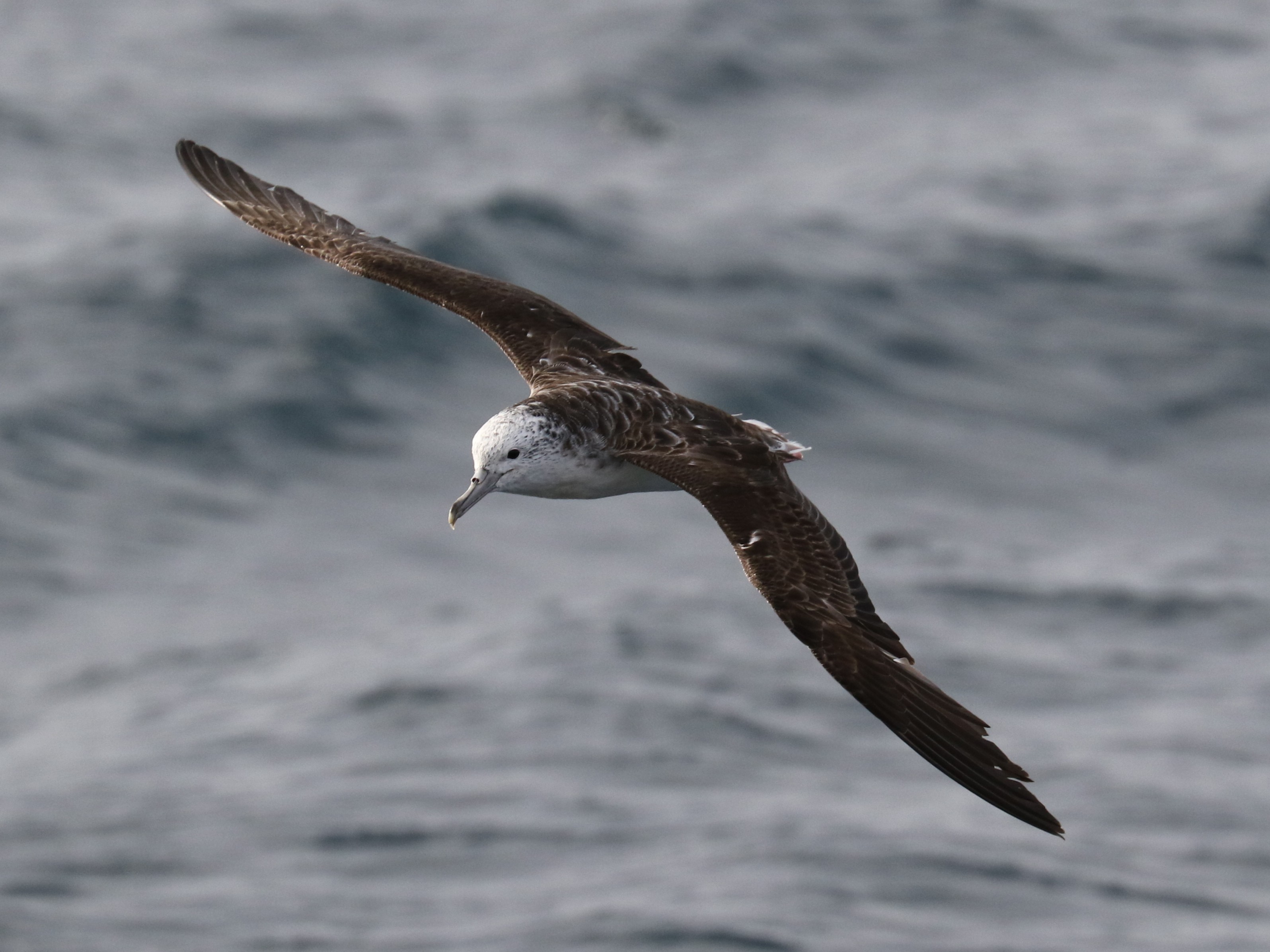Media release
From:
Seabirds only poop while flying
On Japan’s desert islands, researchers uncovered a peculiar bathroom ritual among seabirds. Reporting in the Cell Press journal Current Biology on August 18, the team found that streaked shearwaters (Calonectris leucomelas) poop while flying—not while floating on water—and they do so every 4 to 10 minutes. This habit may help the birds stay clean and fertilize the ocean below.
But the team didn’t set out to document the seabirds’ bathroom habits. “I was studying how seabirds run on sea surface to take off,” says Leo Uesaka, the lead author from the University of Tokyo. “While watching the video, I was surprised that they dropped feces very frequently. I thought it was funny at first, but it turned out to be more interesting and important for marine ecology.”
Seabird droppings enrich the soil and fertilize nearby coastal waters thanks to their high nitrogen and phosphorus contents. Researchers have studied how these nutrients shape ecosystems on land, but much less is known about how they impact what happens far from shore, in the open ocean, where seabirds spend most of their lives. With an estimated 424 million shearwaters and their kins, their droppings could fertilize the water below, providing nutrients to plankton and other marine life.
Using eraser-sized, backward-facing cameras strapped to the bellies of 15 streaked shearwaters, Uesaka recorded and analyzed nearly 200 defecation events. He found that the birds almost always relieved themselves while flying and that defecation often followed shortly after takeoff. Occasionally, the birds took off solely for bathroom breaks and returned to the water within a minute. These findings suggest that they intentionally avoid pooping while floating, notes Uesaka.
“Streaked shearwaters have very long and narrow wings, good for gliding, not flapping,” says Uesaka. “They have to flap their wings vigorously to take off, which exhausts them. This means the risk of excreting on the sea surface outweighs the effort to take off. There must be a strong reason behind that.”
The researchers suspect this habit may spare the birds from fouling their feathers with feces, help them avoid attracting predators, or simply help the birds poop more easily compared to a floating position.
While in flight, the birds pooped about every 4 to 10 minutes. The team estimated that the birds excrete 30 grams of poop every hour, which is about 5% of their body mass.
“We don’t know why they keep this excretion rhythm, but there must be a reason,” says Uesaka.
To find out, he plans to use cameras or temperature sensors with longer battery life, combined with GPS, to map where seabirds release their droppings at sea. He hopes that these future studies will offer further insights into the role of seabird feces in marine ecology.
“Feces are important,” Uesaka says. “But people don’t really think about it.”
Multimedia




 International
International



